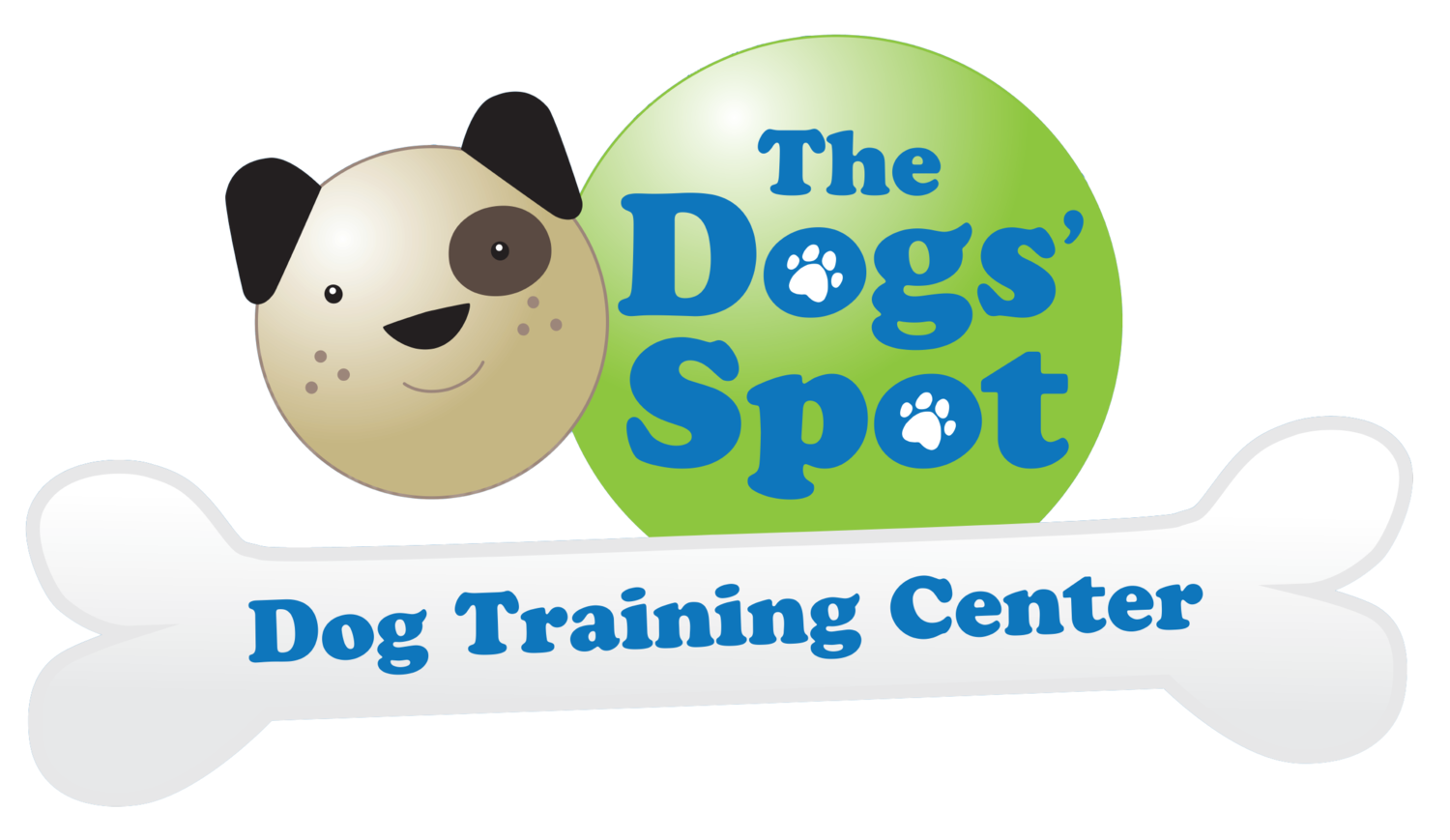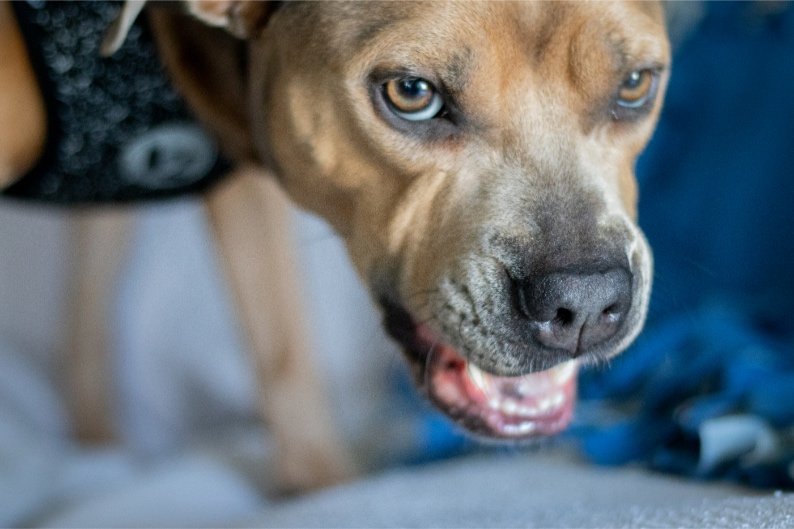It seems lately we’ve been asked more than usual to help people who have dogs who steal things and then won’t give those things back. Some dogs will even growl, snap, nip, and bite as their family members attempt to retrieve the dog’s ill-gotten gains. In dog training circles, this is often referred to as “resource guarding”. This is the dog’s attempt to retain possession of the item they acquired. The more valuable the item is to the dog, the more motivated they may be to protect it from being taken away.
In her book Mine!, Jean Donaldson defines resource guarding in this way: “Dogs behaving aggressively when in possession of (and sometimes to gain possession of) food, toys, bones, their owners, their resting spots and crates.”
This behavior is considered normal, in that if the dog were on their own to survive, protecting valuable things and places may very well help. Although the behavior may be normal, it is not something we generally want our dogs doing, especially guarding things from people. Just like with humans, dogs seem to follow the same law about ownership. Having possession of an item is 9/10 of the law. Basically, if you have possession of an item, it’s considered yours unless someone else can prove otherwise.
Think about it this way, if you were using your phone and I walked into the room and took it from you. You wouldn’t be very happy with me. Then if you picked up the remote control to turn on the TV and I reached for it to take it from you. You might protect the remote even more than your phone because you don’t want me to take the remote and you’re still upset about the phone. With each item I take from you, you are likely to become more and more angry with me until at one point you might actually hurt me to help me understand you don’t like me taking things away from you.
Of course it’s a little easier to communicate these things when both parties speak the same language. With dogs, they’re likely to communicate through body language. They may move away from us, get tense, get very still, they may swallow the item, give us a “hard” eye, their hair may stand up on the back of their neck, they may show their teeth, they may growl, they may snap, bite, or do other things as well. If we don’t listen to the subtle signs, then they may feel a need to “speak” louder to make their message more clear. “LEAVE ME AND MY STUFF ALONE!”
So how does all of this start? Usually by taking stuff away from puppies who take things that we don’t want them to have. Puppies are full of energy and curiosity. They are still learning all about the world around them. So one day some leaves a paper towel in a place the puppy can get to it. What does the puppy do? What all puppies do. The puppy looks at it, smells it, tastes it, puts it in their mouth (virtually all things will go into the puppy’s mouth). The puppy may play with it and run around with it. At some point someone will see the puppy has a paper towel. And what happens next? The person who sees the puppy with the paper towel will chase the puppy! What fun! Now the puppy has learned how to initiate a game of chase! From this time on, when the puppy wants attention and to play the “catch me if you can” game, they will look for something to grab, be sure someone sees them, and then run in the opposite direction. If you successfully get the paper towel back by taking it away, some puppies are going to be upset about it. If this continues, they may eventually tell you in no uncertain terms to stop taking their valuable things away! We can accidently teach our dogs to defend their possessions from us by doing this.
What should we do instead? When we talk about changing behavior, we start thinking about how to prevent rehearsal of the undesirable behavior. In this case, playing keep away. The simple (but not always easy) solution is to puppy proof your house and get everything you wouldn’t want the puppy to get ahold of put up in a place the puppy can’t get to. Of course, someone will eventually make a mistake. So for this contingency, teach your puppy to happily and readily drop things when asked. One way to do this is to take an object you can hold on to that you know the puppy likes, such as one of their toys. Get the puppy interested in the toy by moving it around. When the puppy puts the toy in their mouth offer the puppy a treat. When the puppy drops the toy to eat the treat, verbally praise the puppy while giving them the treat. Once the puppy has eaten the treat, give them back the toy. Repeat this until the puppy is easily letting go of the toy when you’re giving them the treat. Then you can add a verbal signal to tell the puppy to drop the item. Lots of people use the word “drop”, but you’re welcome to use any word that makes sense to you, as long as you don’t use that word again to mean something else (i.e., down can mean lie down or get off the sofa, but since a dog can both lie down and be on the sofa at the same time, calling both “down” is confusing to dogs). Once the dog is responding to the verbal cue about 4 times out of 5, you can repeat this without holding onto the toy to see if they dog will still easily drop the toy when asked. Then you can start practicing this in other places in and outside your home and with other objects. Until your puppy will happily drop anything you ask them to. When possible, give them the treat and give them back the object.
If we think about how this would work with people, how would you feel if when I walked into the room and took your phone, I gave you a $100 bill and then handed you back your phone? How would you feel the next time I took your phone? You might think I was socially awkward, but you probably wouldn’t be all that angry with me and you would not feel the need to hurt me because of it either.
One more tip. There was a time not all that long ago that the prevailing school of thought to prevent resource guarding food from people was to interact with the dog by petting them, etc., while they were eating. This also included putting your hands in their food bowl. How would you feel if the next time you had me over to dinner I messed with your hair and reached over and started tossing the food on your plate with my bare hands. I bet it wouldn’t take you very long to tell me (verbally and maybe physically, too) to stop doing that! Many dogs will do the same thing. We can teach them to be protective of their food if we do these things.
I hope this gives you some ideas on how to prevent resource guarding. If your dog is already guarding things, please reach out to us or another a positive reinforcement trainer who has experience helping people with dogs who guard things. Whatever you do, don’t enter into an escalating argument. In the end no one wins when their dog bites.
© Laura Hills 2023 www.thedogsspot.com


